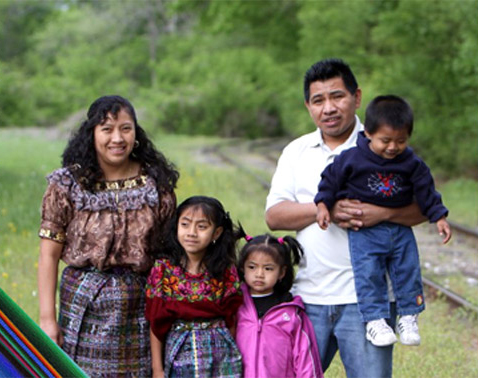Maya Health Toolkit
Maya Children USA Inc. and the Maya Heritage Community Project at Kennesaw State University conducted national focus groups to develop a network of trained Maya language interpreters and a toolkit for health and mental health care providers.
The toolkit identifies health care barriers between Maya and medical professionals, and in addition offers resources to bridge gaps in communication. Our applied partnership methodology demanded that we recognize Maya knowledge and beliefs in order to better understand the Maya and seek their participation. Dozens of Maya, individually and in focus groups, gave information and advice in the construction of this toolkit. Maya have long traditions of medical practices and beliefs, and understanding and appreciating their views and their holistic health beliefs allowed for the success of the toolkit. According to data, over 35,000 downloads have been made, widely across the United States.
- Section one of the toolkit gives an overview of our vision, objectives, and methodology,
and explains in some detail why a toolkit is needed for the Maya.
- Section two gives a cultural and historical profile of the Maya, and is compiled from
academic sources and Maya testimony. This section demonstrates how tradition and
religious spirituality profoundly influence concepts of health.
- Section three, through testimony and case examples, gives insight into Maya views
of health and the special situations they face in the United States.
- Section four contains the Toolkit Resources, which were carefully designed to meet
the specific and unique needs of the Maya community. The body chart and other resources
were designed keeping in mind that Maya immigrants may neither read nor write in any
language, and they may not be accustomed to the printed page. Maya consultants assisted
with the development of all educational materials. This section links to video files
in three Maya languages that explain and give advice about prenatal care and diabetes.
- Section five contains a comprehensive literature review of best materials on Maya
health in the United States, and other published or online materials helpful in the
making of the toolkit.
- Section six introduces the Maya Interpreters Network; explains the need and value of the network, and the plans that were made to construct the network. After several years, the network passed over to a private Maya-owned language company.












